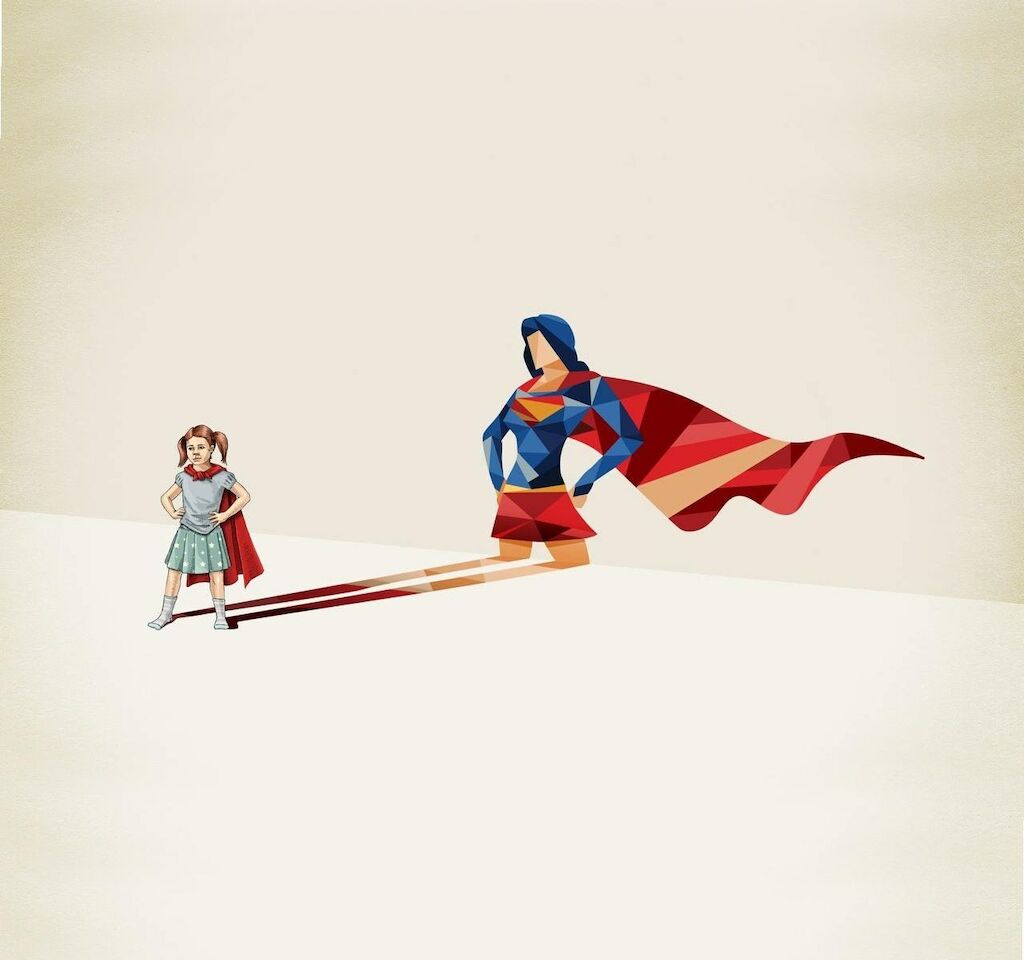Is there a reason a young startup would want to invest in branding even if it hasn’t launched a finished product yet? Yes, there is. Startups still iterating their product offering and value proposition benefit from early branding processes because these help build business and identity to attract potential partners and investors. Classic long-form branding approaches are ideal, but they’re also time-consuming and can be expensive. Considering the special challenges startups face, they need a lean framework that saves time and money.
At CXI, Germany’s largest branding conference, Marco Spies, founder of the think moto design consultancy, and Stéphane Pingaud, a think moto client and the CEO at flyiin, spoke jointly about a concept called “minimum viable branding.”
Flyiin is an online flight search engine that allows you to search, compare, and book your desired flight directly from all your preferred airlines. Spies and Pingaud explained the decision to invest in a new brand for flyiin very early on, developing a corporate identity even before having launched a finished product or business plan. They described how working on the brand at such an early stage helped this young startup refine its product vision, define the company culture, and influence airlines and investors.
Design from Scratch
At the starting point of flyiin there was nothing but a simple customer insight: the desire for more transparency and simplicity when comparing flight offerings from different airlines online. So the startup was based on a customer need that led in a vision: the promise to make air travel individual, easy, and exciting.
But as a startup in the field of online flight marketplaces, it was essential for flyiin to get airlines onboard early to attract potential investors. The problem was that there was no finished product to show, nothing tangible that could convey the product idea and how the product experience would feel. So in order to convince potential airlines, a visual prototype of how the product would look and feel like was developed. As Pingaud explained, having something visual to talk about set free a whole new dimension of dynamics within the company itself.
Therefore design plays a big part in a minimum viable branding approach right from the beginning, because it helps communicate abstract ideas and feelings in a vivid way. And unlike common branding processes, the agency acts more like a sparring partner and becomes involved very early in the process.
Collaborative Workflows
Design is powerful, but it needs a grounded foundation — a solid strategy that provides purpose, meaning, and direction. Something that defines the tonality of how you want the brand to be perceived but which leaves enough room to evolve. Something that allows you to find, define, and maintain your voice.
Accordingly, a brand identity for flyiin was developed using strategy and design methods. Classic UX methods such as personas and customer journeys helped define an outside-in perspective. In collaborative workshops, the core values clear, caring, and intriguing were identified, and flyiin was found to be a woman in terms of human traits.
So again, the agency was an active partner in defining a strategy rather than being just a translator of predefined values. The benefit from this collaborative workflow is that at the end of the process, the brand fits the company, which in return gains greater self-confidence and is able to project a clear image toward internal and external stakeholders.
MVB in Short
What is a minimum viable branding approach? It’s a lean, flexible process that follows small, iterative collaborative work sessions that include both agency and client.
Who benefits from a MVB? Young start-ups that are still reviewing their product offering and value proposition and still need to grow and become fully defined brands.
What are the advantages of a MVB? The minimum viable branding approach offers an effective, flexible framework that saves time and money. It can be a startup’s most powerful tool for creating value for all kinds of internal and external relationships — to attract and hold potential partners, investors, customers or employees.
What’s the role of design? Design can help define the core elements of a brand in a very early state of the process. It can be a powerful tool to set free positive dynamics within a short period of time. And design is not only a tool to translate a brand’s identity into a vivid brand experience, it can also help you define and explore your own brand identity in the first place.
This article is a summary of a speech by Mario Spies and Stéphane Pingaud at CXI 2016 in Bielefeld, Germany.
_Jonas Husemann is a designer at MetaDesign Berlin.
